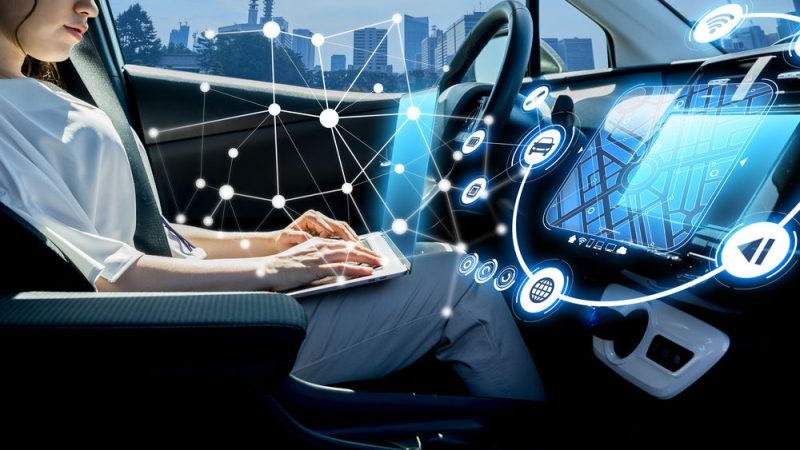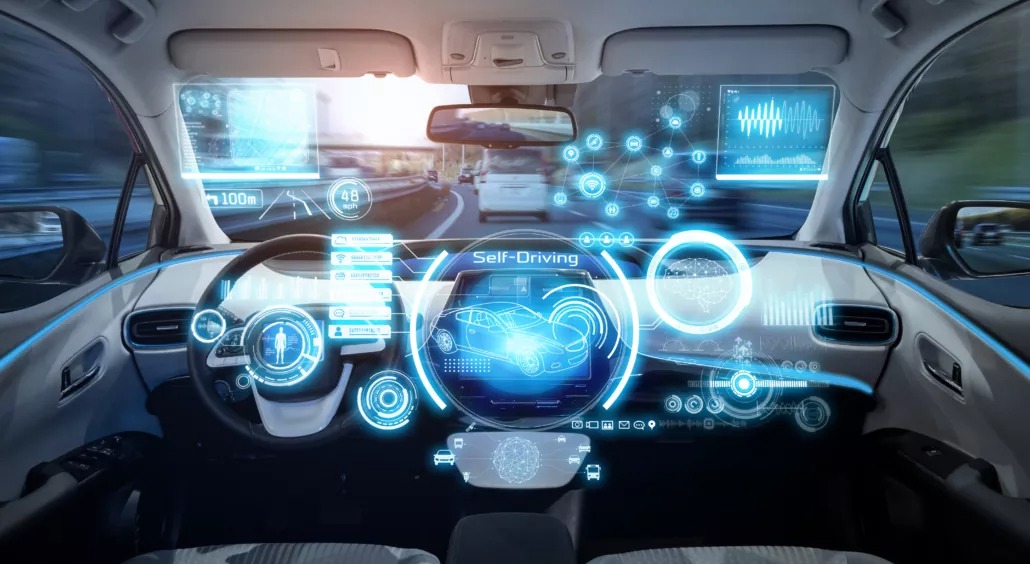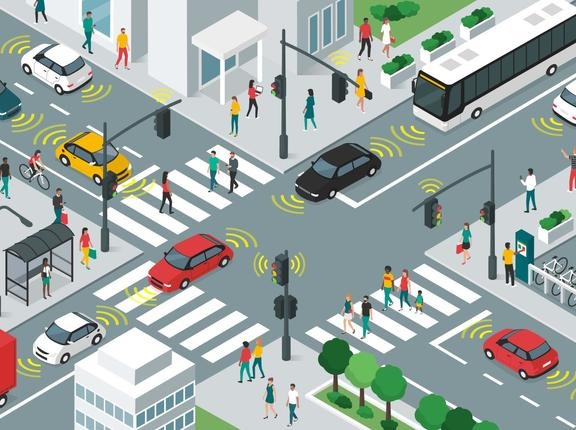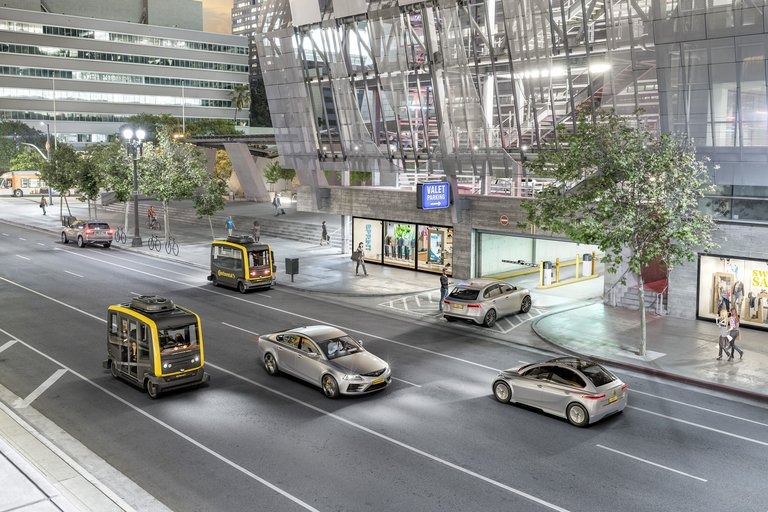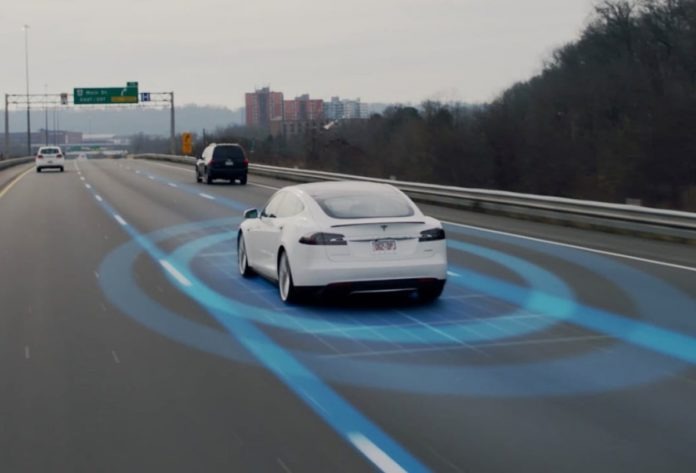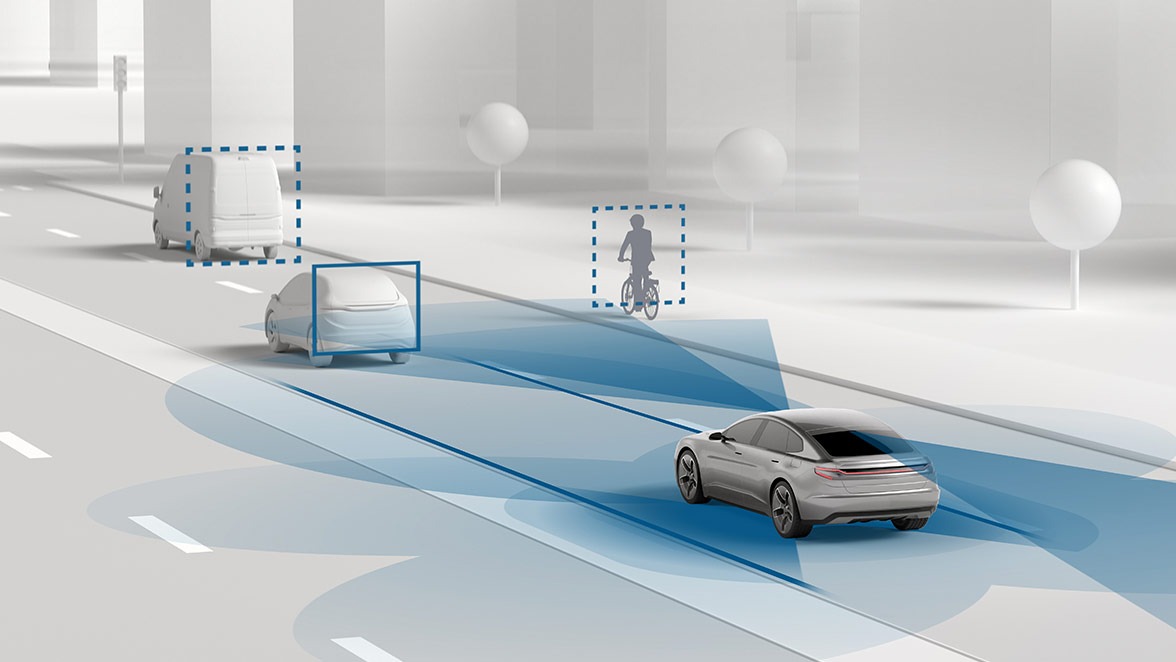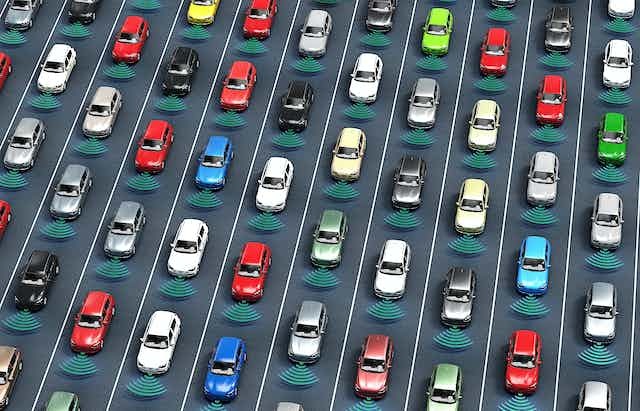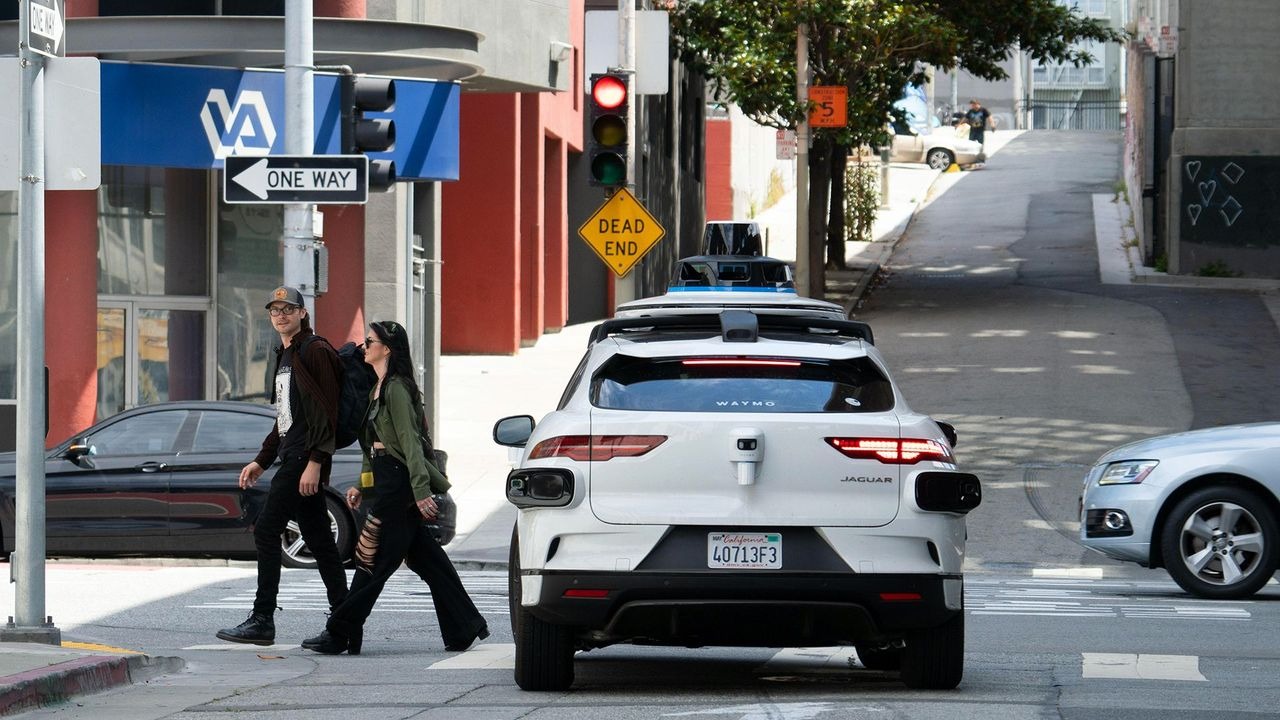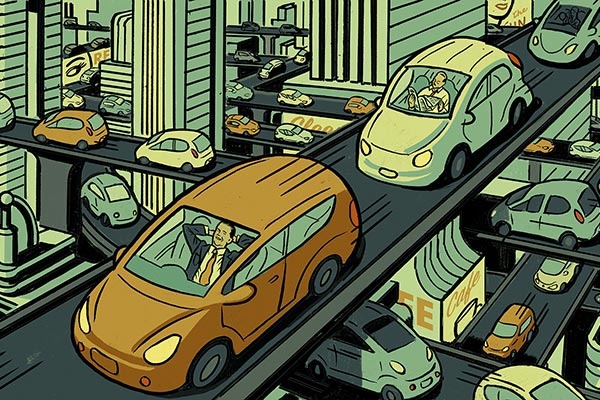The Benefits of Using Automated Cars in Urban Traffic
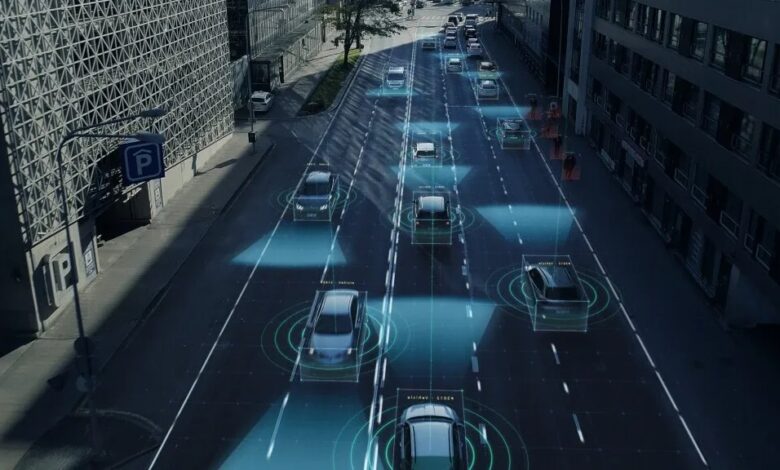
As urban landscapes evolve to meet the demands of a rapidly changing world, the integration of automated cars into urban traffic stands as a groundbreaking paradigm shift in transportation. “The Benefits of Using Automated Cars in Urban Traffic” is your guide to understanding how autonomous vehicles promise not just convenience but a transformative impact on the efficiency, safety, and sustainability of urban mobility.
This comprehensive guide is designed to navigate the myriad advantages that automated cars bring to urban traffic. From alleviating congestion and enhancing safety to optimizing traffic flow and reducing environmental impact, we’ll explore the multifaceted benefits that automated driving systems offer to urban dwellers and city planners alike.
Join us as we delve into the potential of self-driving cars to reshape urban transportation, making it more accessible, reliable, and eco-friendly. Whether you’re a tech enthusiast intrigued by the latest advancements or a city dweller curious about the future of commuting, this guide aims to illuminate the positive impacts of embracing automated cars in urban traffic. Let’s explore how autonomy on the roads has the potential to revolutionize the way we navigate our cities, ushering in an era of smarter and more sustainable urban mobility.
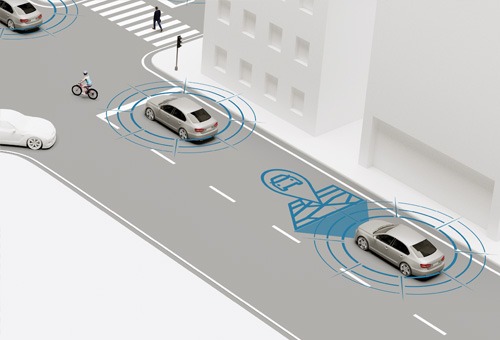
Contents
- 1 Enhanced Safety:
- 2 Reduced Traffic Congestion:
- 3 Improved Fuel Efficiency and Environmental Impact:
- 4 Increased Accessibility:
- 5 Enhanced Productivity and Comfort:
- 6 Reduced Parking Space Requirements:
- 7 Enhanced Traffic Management:
- 8 Economic Benefits:
- 9 Technological Advancements and Innovation:
- 10 Urban Mobility Transformed: Unveiling the Benefits of Automated Cars in City Traffic
Enhanced Safety:
One of the most significant benefits of using automated cars in urban traffic is the potential to enhance safety on the roads. According to statistics, a significant number of accidents are caused by human error. Automated cars, equipped with advanced sensors and algorithms, can constantly analyze their surroundings, detect potential hazards, and respond much quicker than human drivers. With fewer accidents and improved safety measures, the use of automated cars can help save lives and reduce injuries on the roads.
Reduced Traffic Congestion:
Urban areas are notorious for their traffic congestion problems, leading to wasted time and increased fuel consumption. Automated cars have the potential to significantly reduce traffic congestion through various means. Firstly, these vehicles can communicate with each other and make collective decisions that optimize traffic flow. They can also leverage real-time data to navigate more efficiently and avoid congested areas. By reducing traffic congestion, automated cars can contribute to a more seamless and time-efficient commute for individuals.
See more: The Charging System for Electric Cars: Everything You Need to Know and the Latest Updates
Improved Fuel Efficiency and Environmental Impact:
Another advantage of using automated cars in urban traffic is their potential to improve fuel efficiency and reduce environmental impact. Automated cars can optimize routes based on real-time traffic data, reducing unnecessary stops and idling time. Additionally, through their ability to communicate with each other, these vehicles can coordinate speeds and maintain a consistent flow, reducing the need for aggressive acceleration or sudden braking. These factors collectively contribute to reduced fuel consumption and lower emissions, making automated cars a greener alternative to traditional vehicles.
Increased Accessibility:
In many urban areas, access to reliable transportation options can be a challenge for certain individuals, such as the elderly or people with disabilities. Automated cars have the potential to increase accessibility by providing a safe and convenient mode of transportation for these individuals. With features like voice control interfaces and autonomous driving capabilities, automated cars can empower those who are unable to drive themselves, enabling them to travel independently and access essential services without relying on others.
Enhanced Productivity and Comfort:
With automated cars taking over the driving responsibilities, individuals can utilize their travel time more effectively. Commuters can engage in productive activities such as catching up on work, reading, or even taking a nap during their commute. Additionally, automated cars can offer a more comfortable ride, equipped with advanced suspension systems and noise-canceling technologies that minimize vibrations and external disturbances. This enhanced comfort level further contributes to a positive commuting experience.
Reduced Parking Space Requirements:
Parking spaces in urban areas are often limited and come at a premium cost. Automated cars have the potential to reduce the need for extensive parking infrastructure. With features like autonomous parking, these vehicles can drop off passengers at their destination and find parking spaces in more efficient ways, utilizing available space more effectively. This reduction in parking space requirements not only saves valuable urban space but also reduces traffic congestion caused by drivers searching for parking spots.
Enhanced Traffic Management:
Automated cars equipped with advanced communication systems can actively contribute to traffic management in urban areas. These vehicles can relay information about road conditions, accidents, or other incidents to a central system that can in turn provide real-time updates to other drivers. By disseminating this information, automated cars assist with rerouting strategies and enable more informed decision-making, leading to better traffic management overall.
Economic Benefits:
The adoption of automated cars in urban traffic can have significant economic benefits as well. With reduced accidents and improved safety measures, there will be a decrease in healthcare costs associated with road accidents. Additionally, the increased efficiency in traffic flow can lead to reduced fuel consumption and lower transportation costs for individuals. Moreover, the development and deployment of automated car technologies create new job opportunities in fields such as manufacturing, software development, and maintenance.
Technological Advancements and Innovation:
The integration of automated cars into urban traffic stimulates technological advancements and fosters innovation across various industries. As companies strive to improve the capabilities of automated vehicles, they invest in research and development, pushing the boundaries of artificial intelligence, machine learning, sensor technologies, and connectivity solutions. This continuous innovation not only benefits the automotive industry but also has a spill-over effect on other sectors, driving progress in diverse areas of technology.
Urban Mobility Transformed: Unveiling the Benefits of Automated Cars in City Traffic
The benefits of using automated cars in urban traffic are numerous and have the potential to transform our daily commutes for the better. From enhanced safety and reduced traffic congestion to improved fuel efficiency and increased accessibility, these vehicles offer a range of advantages that can positively impact individuals and society as a whole. As technology continues to evolve, we can expect automated cars to become an integral part of our urban transportation systems, revolutionizing how we navigate our cities.
See more at: Topcarr

